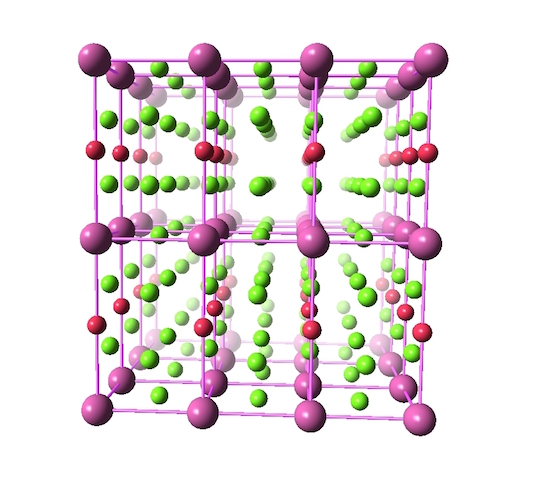Suppose we are able to see into a grain of metal at the boundary between the grain and air (perhaps along one of the faces of this cube):
(Source: Wikimedia Commons.)
This image does not show the electron density, but maybe we can imagine it being vaguely similar to what is shown in the image, but more diffuse.
What happens when an electric arc discharges into the grain from outside? Specifically, what happens to the electron density? Do the electrons in the arc pass through the voids, do they pass through the lattice sites, or do they do something else? What is the name of the subfield that studies this kind of nonequilibrium phenomenon?

